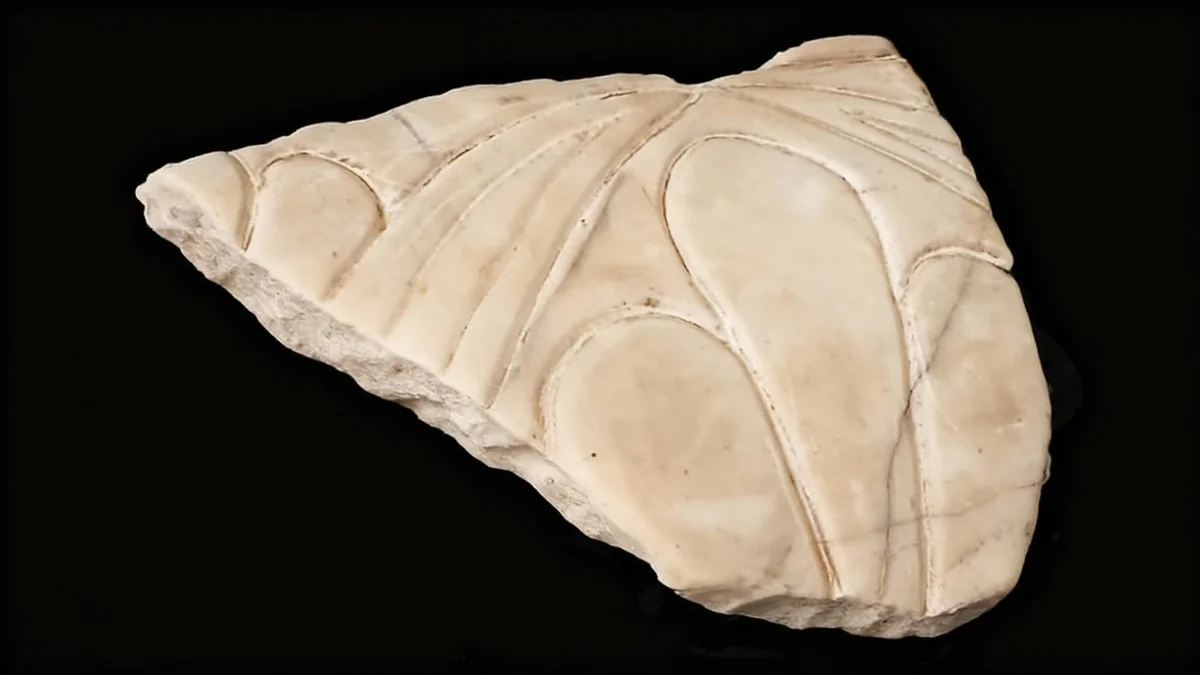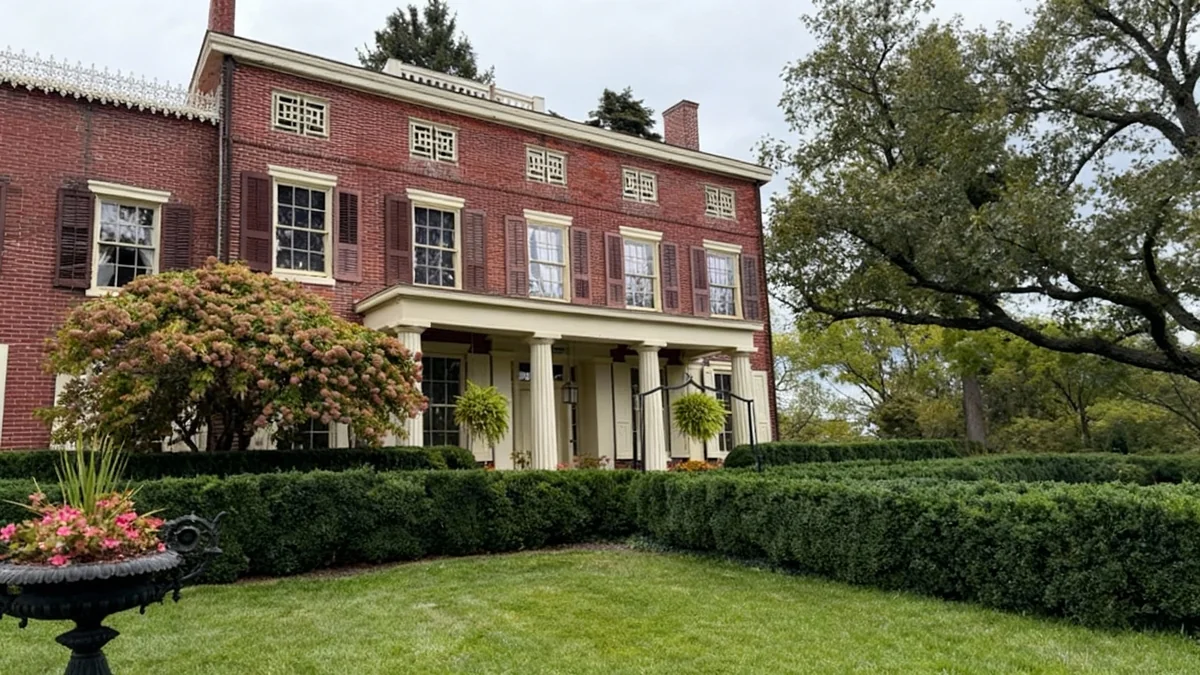A Chilean retiree, Enrico Tosti-Croce, has returned an ancient Greek marble fragment to Athens, an artifact his father acquired from the Acropolis in the 1930s. The 1.2-kilogram piece, carved with lotus flowers, was repatriated to Greece last summer, marking a significant moment in the ongoing efforts to return historical treasures to their origin.
Key Takeaways
- Enrico Tosti-Croce returned a marble fragment taken by his father in the 1930s.
- The artifact, weighing 1.2 kg, features lotus flower carvings.
- It was identified as a piece from the Hekatompedon, an older temple than the Parthenon.
- Tosti-Croce was motivated by news of Greece's repatriation campaign for the Parthenon Marbles.
- The Greek embassy plans to honor him for his gesture.
A Family Heirloom's Journey Home
The marble fragment's journey began with Enrico's father, Gaetano Tosti-Croce, an Italian naval officer. During a visit to Athens in the 1930s, Gaetano picked up the piece from the foot of the Parthenon. He later brought it to Chile when he emigrated in 1949.
Enrico Tosti-Croce inherited the fragment in 1994 after his parents passed away. For decades, it served as a family ornament, a unique conversation starter displayed in their home.
"When someone came to my house for the first time, I would show them that stone and say: 'This is from the Parthenon.' Some believed me, others didn't."
Artifact Details
- Weight: 1.2 kilograms
- Carving: Lotus flowers
- Original Location: Roof-gutter of the Hekatompedon
- Age: From the 6th century BC
Inspired by Repatriation Efforts
The decision to return the artifact came after Tosti-Croce heard news reports about the Greek government's long-standing campaign. Greece has been actively seeking the return of the Parthenon Marbles from the British Museum for many years. These reports resonated with him.
He realized the fragment's true home was in Greece. "When I heard the news, I said: 'Wow, I have a little piece of the Parthenon,'" Tosti-Croce recalled. He felt a strong sense of responsibility to return it, stating, "It's my responsibility to return it."
The Parthenon Marbles Campaign
Greece has been campaigning for decades for the return of the Parthenon Marbles, also known as the Elgin Marbles, from the British Museum. These sculptures were removed from the Parthenon by Lord Elgin in the early 19th century. The campaign highlights the broader issue of cultural heritage repatriation.
Surprising Origins and Deep Satisfaction
After Tosti-Croce delivered the fragment to the Greek embassy, the Hellenic Ministry of Culture examined the piece. The retiree was surprised by their findings. The artifact was not from the Parthenon, as his family had believed for generations.
Instead, it was identified as a piece from the roof-gutter of the Hekatompedon. This archaic temple was the first monumental temple on the Acropolis, built in the 6th century BC, making it even older than the Parthenon. "It turned out the piece wasn't from the Parthenon, but from an even older temple," he noted.
The act of restitution brought Tosti-Croce a profound sense of fulfillment. "When I left the Greek embassy after handing over the piece of marble, I felt a special kind of satisfaction. I don't even know how to describe it… I felt like I had done something good," he shared.
A Gesture of Hope
The Greek embassy plans to honor Enrico Tosti-Croce for his gesture. His act serves as an example for others who may possess ancient artifacts. Greece hopes this repatriation will encourage similar returns of cultural heritage from private collections worldwide.
This event underscores the growing global movement towards the ethical return of cultural artifacts. It highlights the importance of historical context and the desire of many to see these pieces reunited with their original sites.
The return of this fragment contributes to the ongoing narrative of cultural preservation and international cooperation. It reinforces the idea that cultural heritage belongs to humanity and should be cared for in its place of origin.
The story of Enrico Tosti-Croce shows how individual actions can significantly impact cultural heritage. His decision, driven by a sense of duty and respect for history, brought a piece of ancient Greece back home after nearly a century.





